Ancient Greece Image Quiz 2
1/4
There's no tags or description
Looks like no tags are added yet.
Name | Mastery | Learn | Test | Matching | Spaced |
|---|
No study sessions yet.
5 Terms
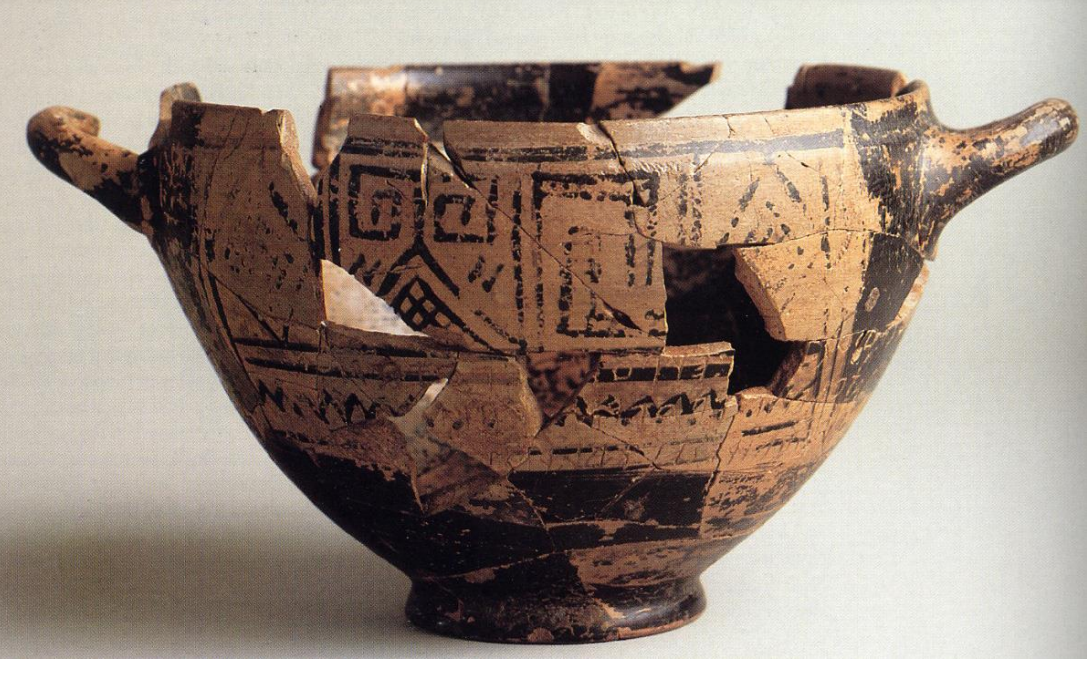
“Cup of Nestor”: Rhodian kotyle with graffito inscription in dactylic hexameter, Pithekoussai, Italy, third quarter of the 8th c. BCE. Ceramic.
Significance 1: The inscription on the cup states “I am the cup of Nestor good for drinking. Whoever drinks from this cup, desire for beautifully crowned Aphrodite will seize him instantly.” This inscription connects this vessel to the legendary Cup of Nestor from Homer’s Iliad. It also mirrors the dactylic hexameter scheme of epic works.
Significance 2: This cup is in the geometric style and its engraving (added after its construction) is one of the earliest Greek inscriptions. It serves as a crucial piece of evidence for the early development of the Greek alphabet.
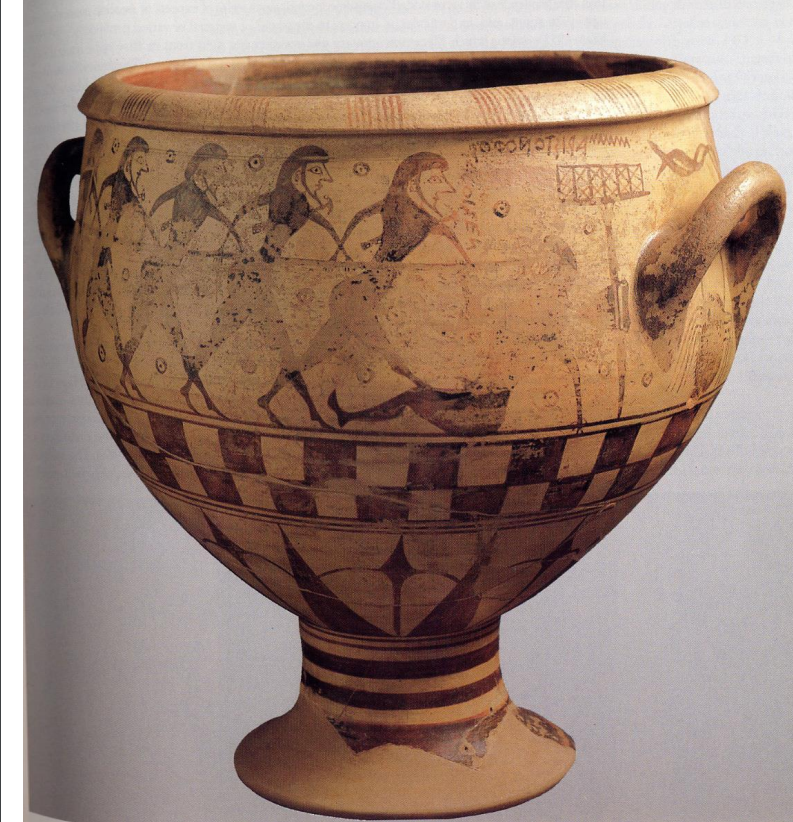
“Aristonothos krater”: krater probably made at Pithekoussai, signed by Aristonothos, found in an Etruscan tomb at Cerveteri, Italy, ca. 670 BCE. Ceramic.
Significance 1: Inscribed on this krater is one of the earliest recorded Greek artist signatures. This shows a development of both language and artistic expression. A signature showed the value and power of both the piece and its creator
Significance 2: This krater has one of the earliest recorded depictions of a scene from the Odyssey. The image shows the blinding of the cyclops, Polyphemus, by Odysseus and his men.
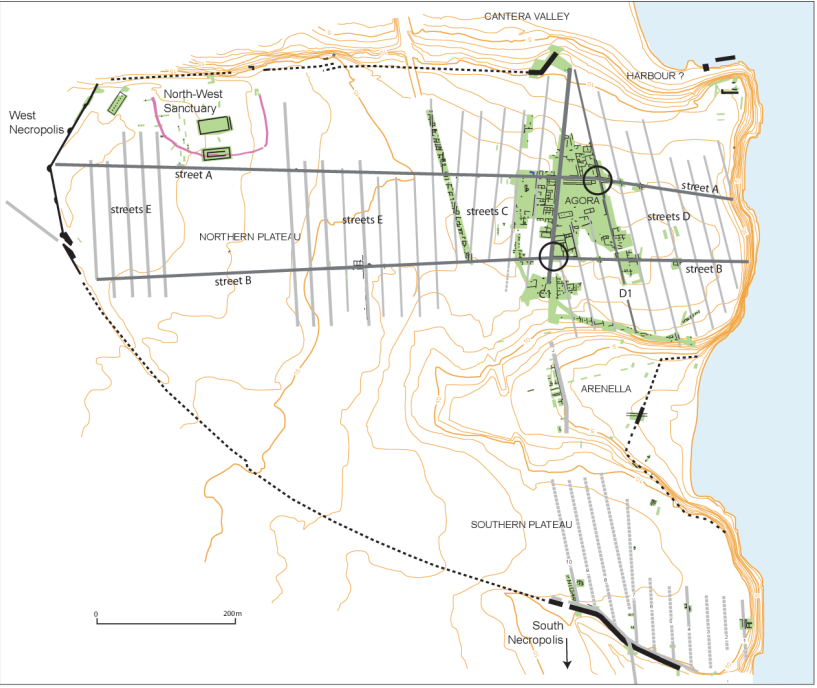
Orthogonal urban plan of the Greek colony of Megara Hyblaea, Sicily, Italy, ca. 728 BCE. Laid out with surveying tools when the colony was established.
Significance 1: This site has an orthogonal grid plan with spaces reserved for public activity, sanctuaries, and defense. This layout shows clear planning by the Greek colonists who wished to incorporate all of the elements they believed were important for a city. This also showed development in Greek urban planning.
Significance 2: The grid-like layout of this city results in relatively equally sized plots of land for each person. This idea of equality is mirrored in their political beliefs at the time which revolved around civic unity and the idea that no man is greater than another.
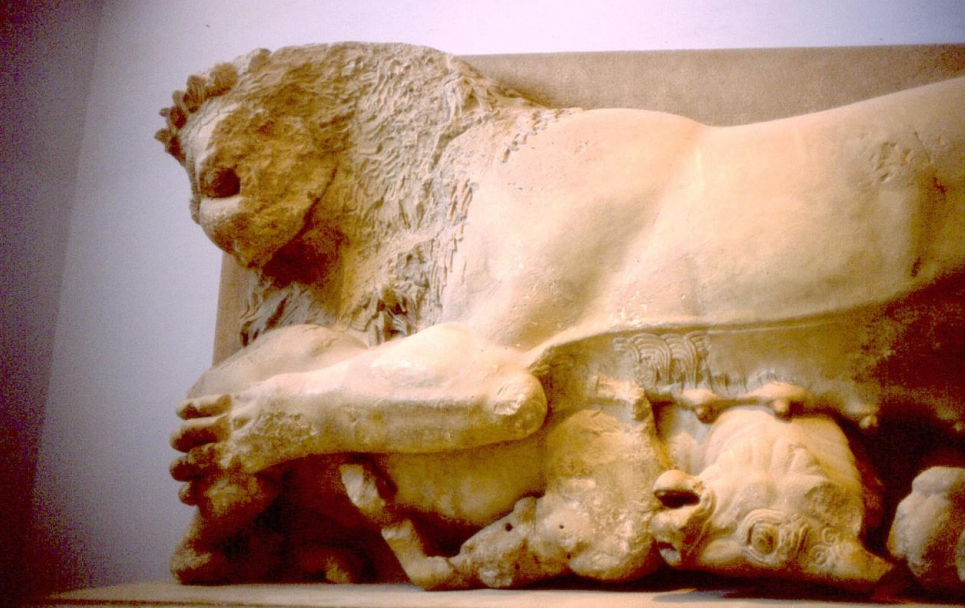
Pedimental sculpture with a lion attacking a bull from one of the early temples on the Acropolis at Athens, second quarter of the 6th c. BCE. Limestone.
Significance 1: Lions and bulls are recognizable motifs of kingship, also found on Lydian coins. These sculptures and the temples they accompany are representations of Athen’s tyrannical rule in the 6th century.
Significance 2: This sculpture shows an evolution in Archaic Greek Art, when artists were transitioning from more rigid, stylized forms to more naturalistic dynamic representations. This scene conveys movement, tension, and anatomical accuracy as well as storytelling.
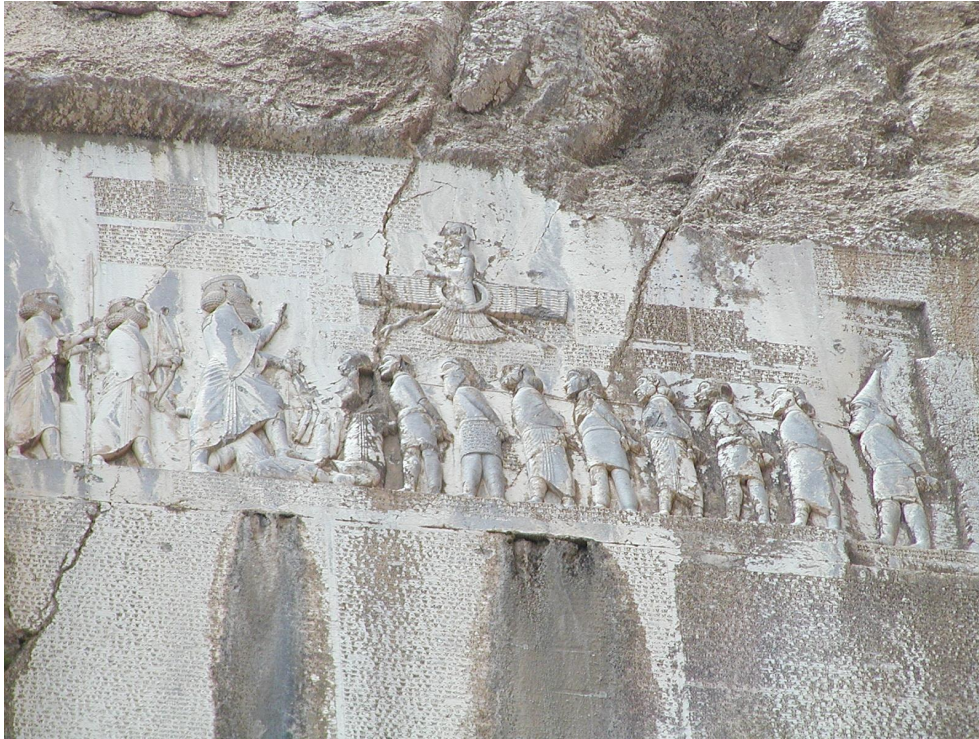
Behistun (or Bisitun) inscription of Darius, Behistun, Zagros Mountains, Iran, ca. 520 BCE. Sculptural relief and trilingual inscription cut into a rock face.
Significance 1: This is a massive document in ancient Persian explaining how Darius took power and conquered various other rebellious territories. This cements him as an actual historical figure, not just a character from Herodotus.
Significance 2: This document gives us insight into Persia’s political practices, specifically the rule of kings. It establishes their belief of rule by divine grace, which is contrary to the Greek’s beliefs regarding rulers.